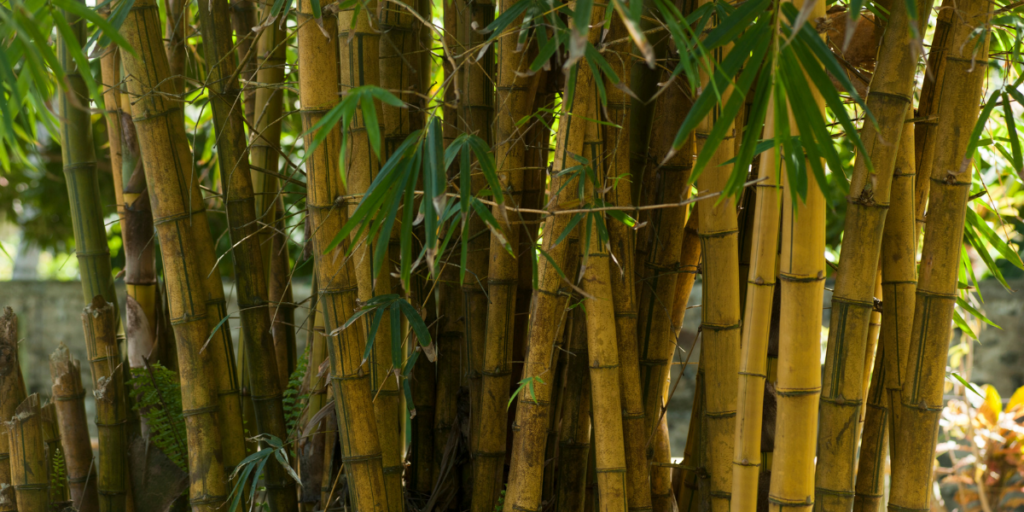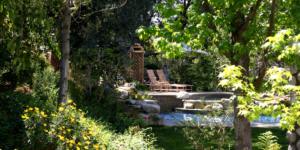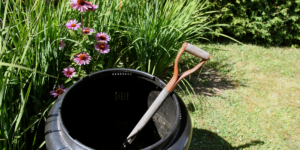Why Bamboo Is a Great Sustainable Resource: A Complete Guide
Bamboo has gained widespread popularity as a sustainable resource, thanks to its numerous environmental benefits and versatile uses. Understanding why bamboo is such a great option for sustainable living involves looking at its rapid growth, versatility, and low environmental impact. Here, we break down the unique characteristics that make bamboo an excellent sustainable resource and how you can make the most eco-friendly choices.
1. Rapid Growth Rate
One of the most compelling reasons bamboo is considered sustainable is its incredibly fast growth rate. Unlike hardwood trees, which can take decades to mature, bamboo can grow up to three feet in a single day under the right conditions. Most bamboo species reach full maturity in just 3 to 5 years, making it one of the fastest-growing plants on Earth. This rapid regeneration rate means bamboo can be harvested much more frequently than traditional timber without contributing to deforestation.
2. Minimal Resource Requirements
Bamboo requires minimal resources to thrive. It grows naturally without the need for chemical pesticides or fertilizers, making it far less resource-intensive compared to traditional crops like cotton or hardwood trees. Bamboo’s root system is also highly effective in retaining water, which minimizes soil erosion and reduces the overall need for irrigation. As a result, growing bamboo has a lower environmental footprint, conserving both water and soil.
3. Carbon Sequestration
Bamboo is a powerful carbon sink. It absorbs more carbon dioxide and releases more oxygen than many types of trees, contributing significantly to combating climate change. The rapid growth of bamboo allows it to sequester a considerable amount of carbon dioxide, making it an ideal choice for carbon offset projects. By planting bamboo, we can actively work towards reducing greenhouse gases in the atmosphere.
4. Versatility and Uses
Another factor that makes bamboo a sustainable resource is its incredible versatility. Bamboo can be used to create a wide range of products, including furniture, flooring, textiles, paper, and even construction materials. Bamboo fabrics are becoming increasingly popular in the textile industry due to their softness, durability, and natural antibacterial properties. Bamboo textiles require fewer chemicals to process compared to conventional cotton, making them a more eco-friendly option for sustainable fashion. Its strength-to-weight ratio is comparable to steel, making it a popular choice in sustainable building projects. Because it can be used in so many different applications, bamboo reduces the need for other, less sustainable raw materials.
5. Biodiversity Support
Bamboo plays a vital role in supporting biodiversity. Bamboo forests provide a habitat for a variety of wildlife, including the endangered giant panda. Because bamboo can grow in degraded lands, its cultivation can help restore damaged ecosystems and provide shelter and food for various animal species, thus promoting biodiversity and ecological balance.
6. Soil Health and Erosion Prevention
The root system of bamboo is unique in that it helps to prevent soil erosion. The extensive root network holds soil in place, reducing erosion, particularly on slopes and in areas prone to heavy rainfall. This helps maintain soil quality and supports healthier ecosystems by preserving the integrity of the land.
Benefits of Bamboo as a Sustainable Resource
- Environmentally Friendly: Bamboo requires fewer resources to grow, reduces carbon dioxide, and doesn’t need chemical fertilizers or pesticides.
- Renewable Resource: Bamboo can be harvested every few years without causing permanent damage to the plant, unlike hardwood trees which can take decades to regenerate.
- Versatile Applications: Its versatility reduces the reliance on less sustainable materials, making it an excellent option for many industries, including textiles, construction, and furniture.
- Furniture Longevity: Bamboo furniture can have a long lifespan when properly treated and maintained. Bamboo’s natural strength, flexibility, and durability make it comparable to many hardwoods. While bamboo is generally more sustainable due to its rapid growth, its longevity may not always match dense hardwoods like oak or teak, particularly for outdoor furniture unless adequately treated to withstand environmental factors.
- Quality and Longevity: Products made from bamboo, such as textiles and flooring, are known for their durability and long lifespan. Bamboo fabric is naturally soft, hypoallergenic, and highly breathable, making it ideal for sustainable clothing and bedding.
Final Thoughts
Bamboo’s rapid growth, minimal resource requirements, carbon sequestration capabilities, versatility in textiles and construction, and benefits to biodiversity make it an ideal sustainable resource. By choosing bamboo-based products, you contribute to reducing environmental impact and supporting a greener future. Whether used in construction, textiles, or everyday products, bamboo offers a renewable, eco-friendly alternative to many conventional materials.






